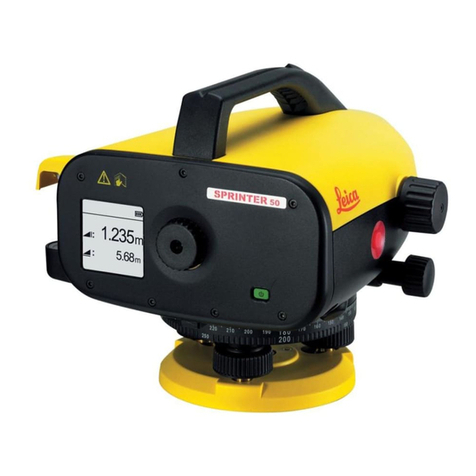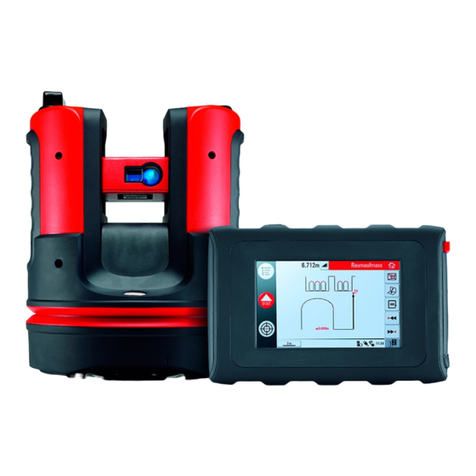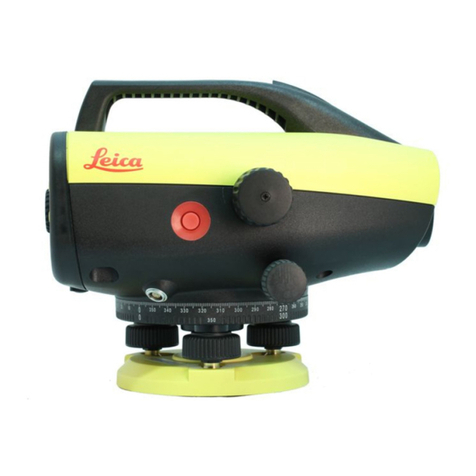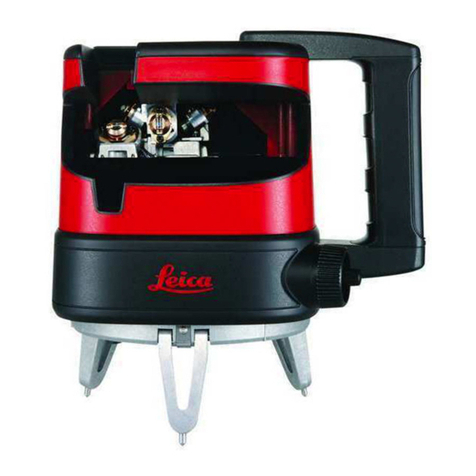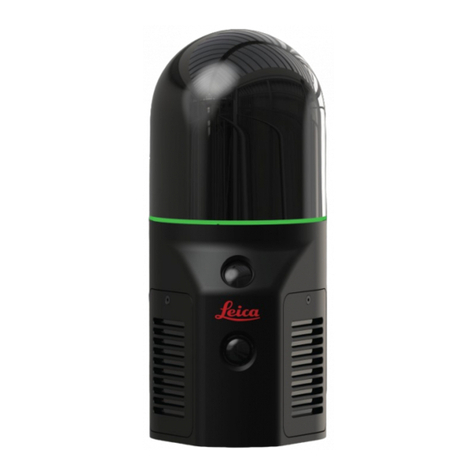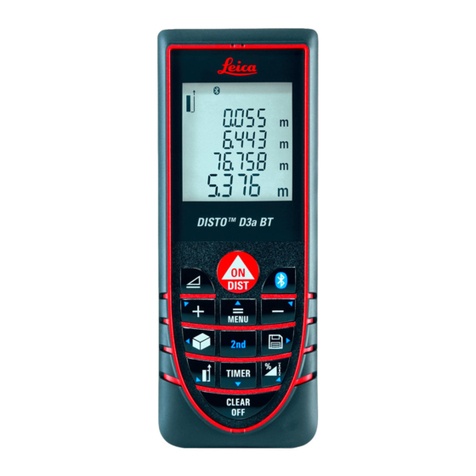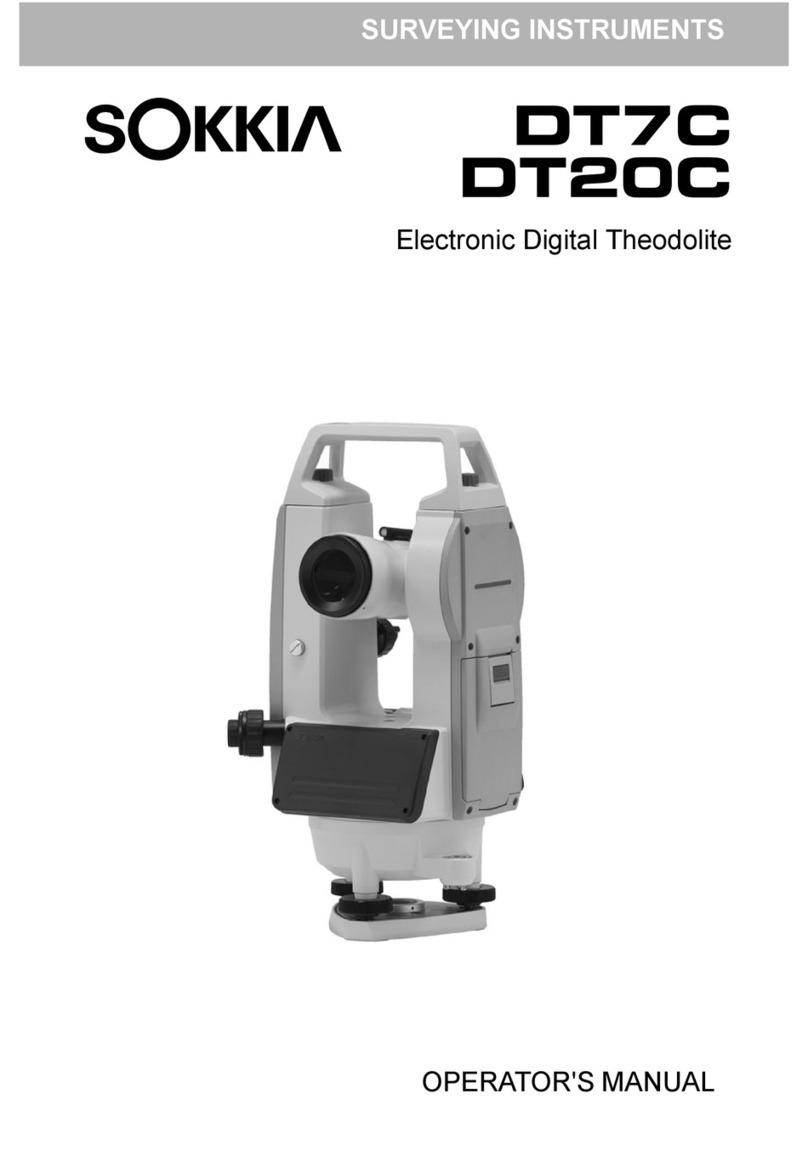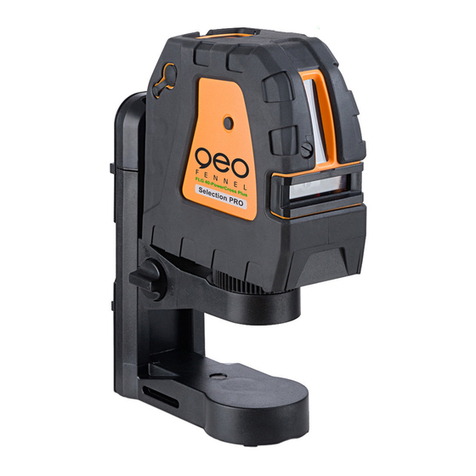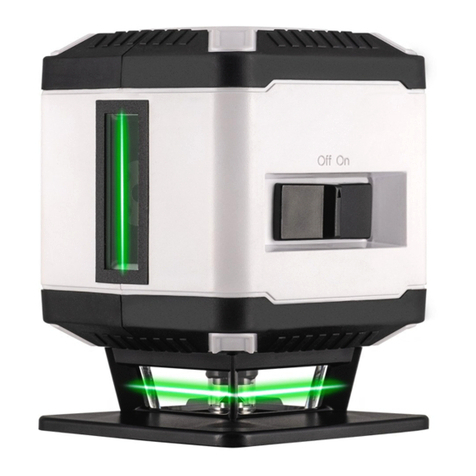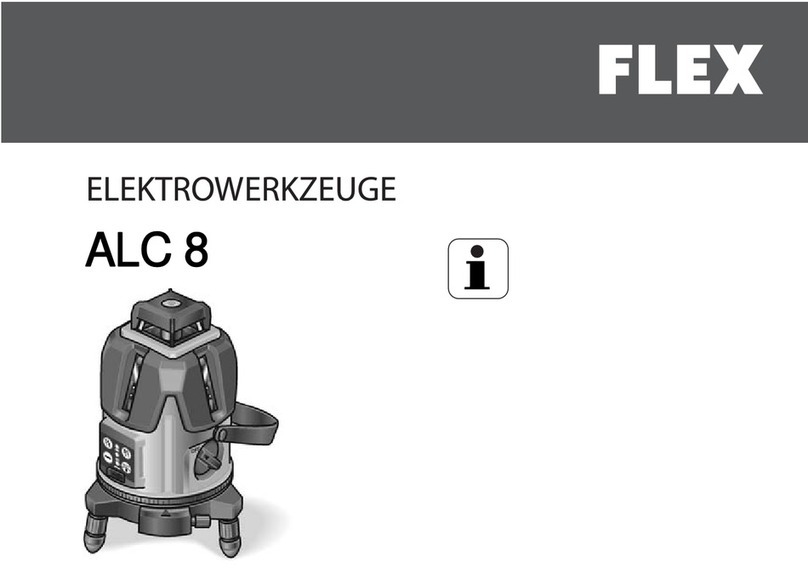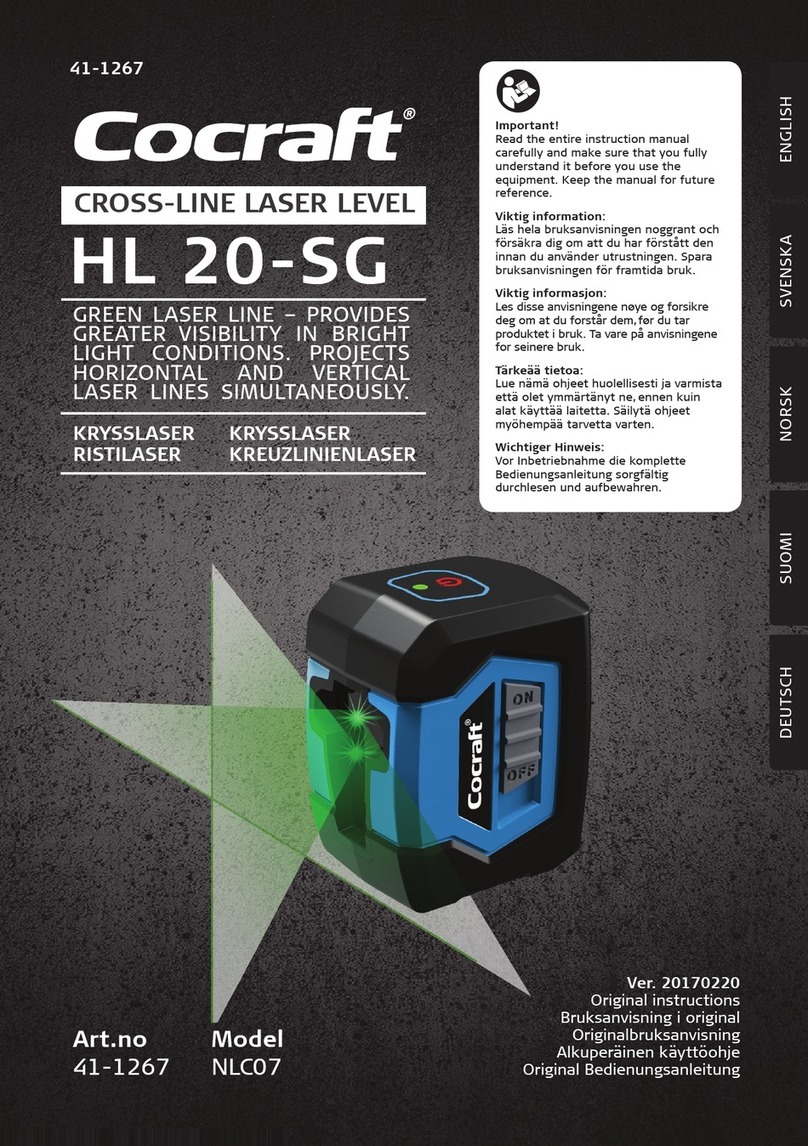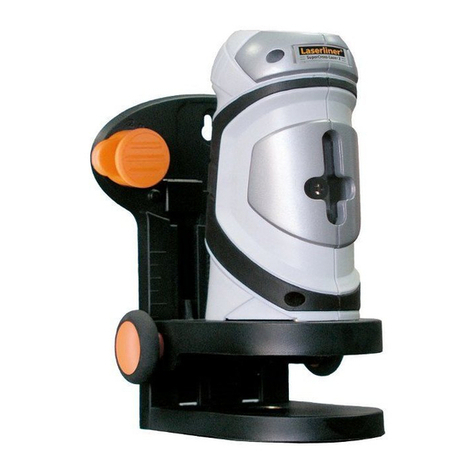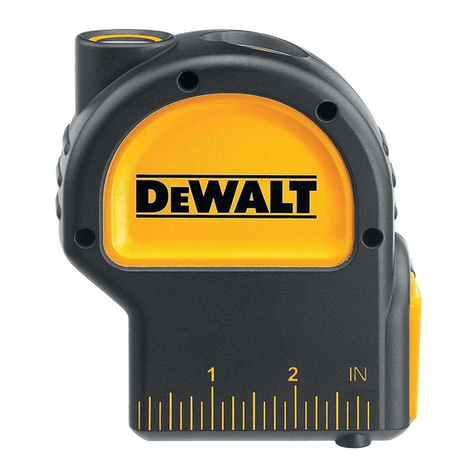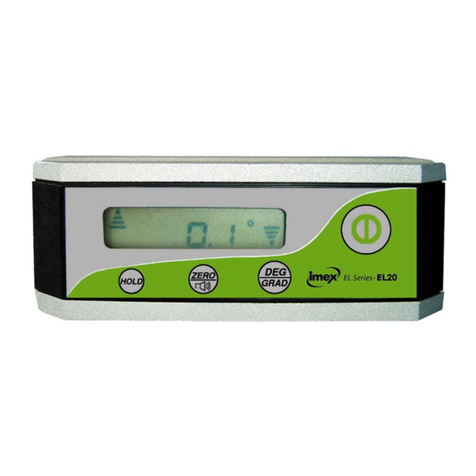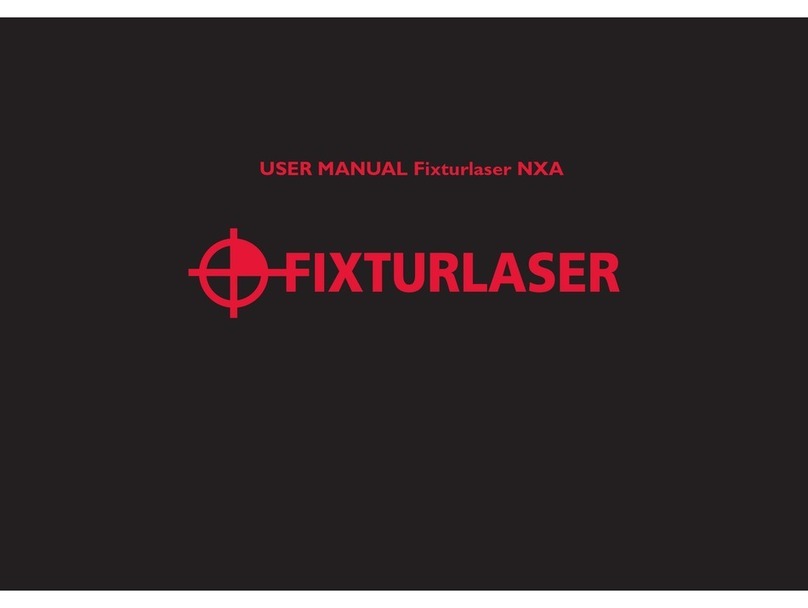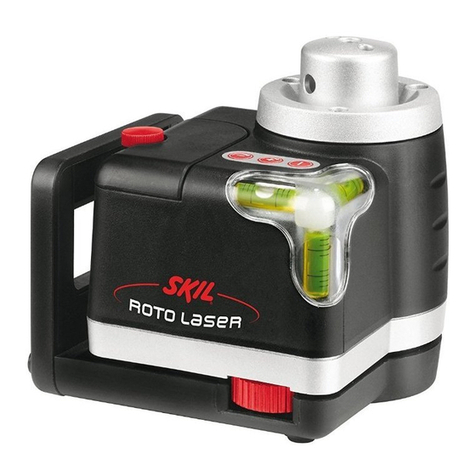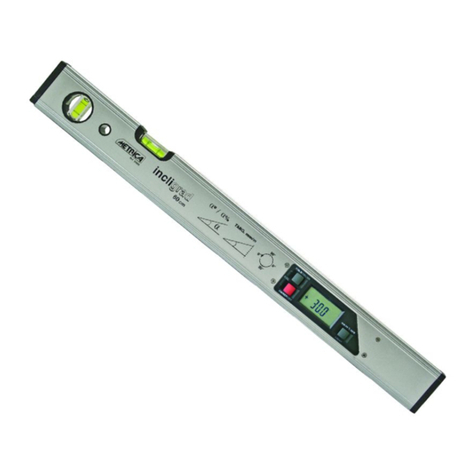5Rod Eye Basic
EN
DE
FR
IT
ES
PT
NL
DA
NO
SV
FI
Hazards in Use
CAUTION:
Flat batteries must not be disposed of with household
waste. Care for the environment and take them to the
collection points provided in accordance with national
and local regula-tions.
The product must not be disposed of with the house-
hold waste.
Dispose the product appropriately in accordance with the national
regulations in force in your country. Always prevent access to the
product by unauthorized personnel.
Product specific treatment and waste management information
can be downloaded from the Leica Geosystems home page at
http://www.leica-geosystems.com/treatment or received from the
Leica Geosystems dealer.
Electromagnetic Compatibility (EMC)
CAUTION:
The Leica Rod Eye Basic conforms to the most stringent require-
ments of the relevant standards and regulations. Yet, the possi-
bility of it causing interference in other devices cannot be totally
excluded.
FCC Statement (applicable in the U.S.A.)
CAUTION:
This equipment has been tested and found to comply with the
limits for a Class B digital device, pursuant to part 15 of the FCC
rules.
These limits are designed to provide reasonable protection against
harmful interference in a residential installation. This equipment gener-
ates, uses and can radiate frequency energy and, if not installed and used
in accordance with the instructions, may cause harmful interference to
radio communications.
However, there is no guarantee that interference will not occur in a
particular installation.
If this equipment does cause harmful interference to radio or television
reception, which can be determined by turning the equipment off and on,






